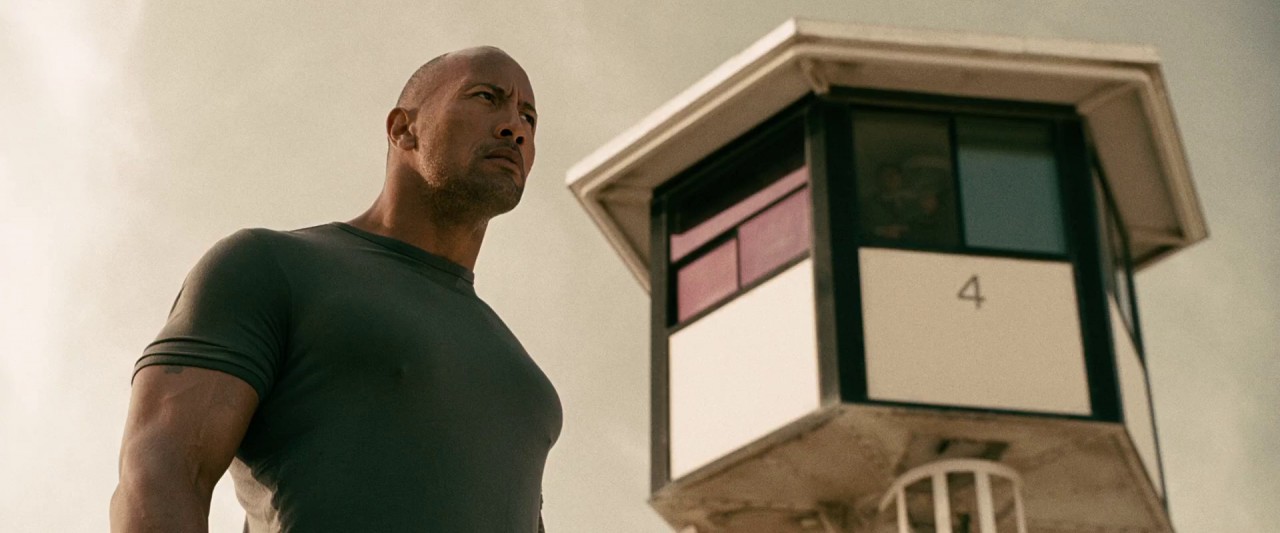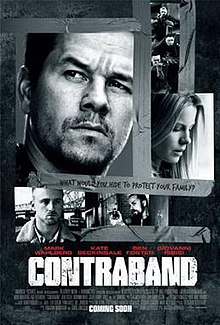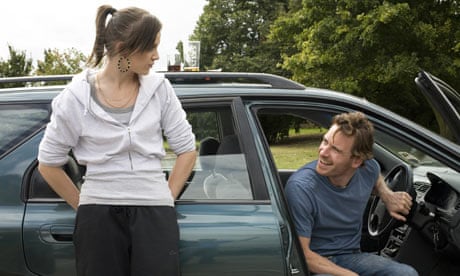Faster Dir. George Tillman Jr (2010)
Faster is an American Action film directed by George Tillman Junior that was made in 2010. The film had a budget of $24 million and grossed $35.6 million globally. The films production companies include Castle Rock Entertainment and State Street Pictures.
George Tillman Junior has directed, produced and written several films that have been successful globally such as Soul Food, Men of Honour
, Barbershop and Notorious. He has also directed episodes of Marvel's Luke Cage and Power.In Faster, Dwayne 'The Rock' Johnson plays the role of a convict who is released from prison and goes out into the city seeking vengeance. In the movie, we see him referred to as 'Driver'and never find out what his name is. Billy Bob Thornton plays the role of a Police Officer, who is later revealed to have a secret that he has hidden from his task force partner.
Tillman uses the lighting in the movie to help portray the characters, their backgrounds and their emotions. For example in the first scenes, we see Johnson in his prison cell pacing around,waiting for the guards to come and get him. We get an over the shoulder shot from behind him while he is looking at a photo of him and someone else on the wall then it quickly switches to a closeup of his face. In this scene, we see light split across his face, some of his face is in the light and some is in the dark, this connotes to the audience that he is a partially reformed man, but part of him is still in touch with the side that got him incarcerated in the first place. Another scene in which lighting is used to help the audience get a feel of the character is when he is sitting in the wardens office and the warden is talking to him about him time in prison and about help that available when he is out. We see Johnson's character almost completely sat in darkness in the chair, we only see a bit of light shed on to his face. The use of him sitting in almost complete darkness shows to us that in fact he might not be reformed and that he might he getting ready to become enveloped back into his old ways.
Tillman also uses camera angles and sizes to help immerse the audience and allow them to see and feel what and how the characters are feeling. Tillman uses Close ups, over the shoulder shots and mid/long shots to help the audience get an understanding of the characters emotions and actions within the film. The use of the close up camera shots in this movie helps the audience get a feel for the reasoning behind the characters actions and enables them to feel the raw emotion of them.

In this picture, we see a low angle camera shot which connotes power to the audience as the camera is looking up to Johnson giving him a position of authority. The use of this shot by Tillman goes on to foreshadow the power and dominance he has throughout the film as he embarks on his personal mission.
This long shot of Johnson pulling the cover off the car shows us what he is doing and helps us to see his body language as he does it. The use of the long shot helps us to see everything involved in the shot and can also be used to help us put meanings to them. For example, the use of the car. The car used in this movie for the protagonist is a Camaro SS 1969. People usually associate this car with being a muscle car, with a lot of power and strength behind it, this could be used to describe our protagonist Dwayne Johnson. Within the first few minutes, we find put he is strong and has power through the conversation he has with the prison warden in his office.









_2_cropped.jpg/220px-Quentin_Tarantino_(Berlin_Film_Festival_2009)_2_cropped.jpg)
.jpg/220px-Spike_Lee_Peabody_Awards_2011_(cropped).jpg)

